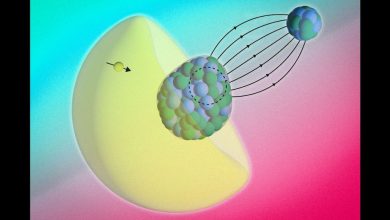Chang’e-6 samples show water-rich asteroid fragments, revealing how vital compounds reached Moon, Earth, and inner solar system.

Chang’e-6 soil reveals carbon-rich asteroid fragments, proving water-bearing impacts on Moon and Earth
Click Here to Add Gadgets360 As A Trusted Source

Scientists studying lunar soil from China’s Chang’e-6 mission have discovered rare meteorite fragments that indicate Earth and the Moon were bombarded by a water-rich asteroid more than previously believed. The Moon’s far side Chang’e-6 delivered the first-ever samples from the surface of the far side in June 2024. A recent study of two grams of this dust discovered microscopic olivine-bearing clasts that have the same chemical signature as CI carbonaceous chondrites. Such delicate space rocks seldom make it through our own atmosphere making a discovery on the Moon important.
Uncommon asteroid fragments found
According to the paper, researchers sifted through the Chang’e-6 dust and discovered seven microscopic relics of carbonaceous (CI) chondrites, a class of asteroids rich in water and organic molecules. Advanced mineral and isotope analyses confirmed these grains formed when a carbonaceous asteroid struck the lunar surface, melting and re-crystallising the material. On Earth such fragments are extremely rare (under 1% of meteorites), but they appear to account for about 30% of the “exogenous” material in the Chang’e-6 soil.
Implications for solar system water
This finding has major implications for the origin of water in the inner solar system. It shows that these asteroids that are rich in water and organics have migrated toward the inner region and as a result, they have delivered essential volatiles to the Earth and the Moon in a much larger quantity than it was estimated previously. The samples preserved from the moon help to fix the biases in the Earth’s meteorite collection. Consequently, they suggest that lunar water (as its different oxygen isotopes point out) might have originated from such outer-solar-system impinging bodies, thus changing the ideas of a nascent solar system.








